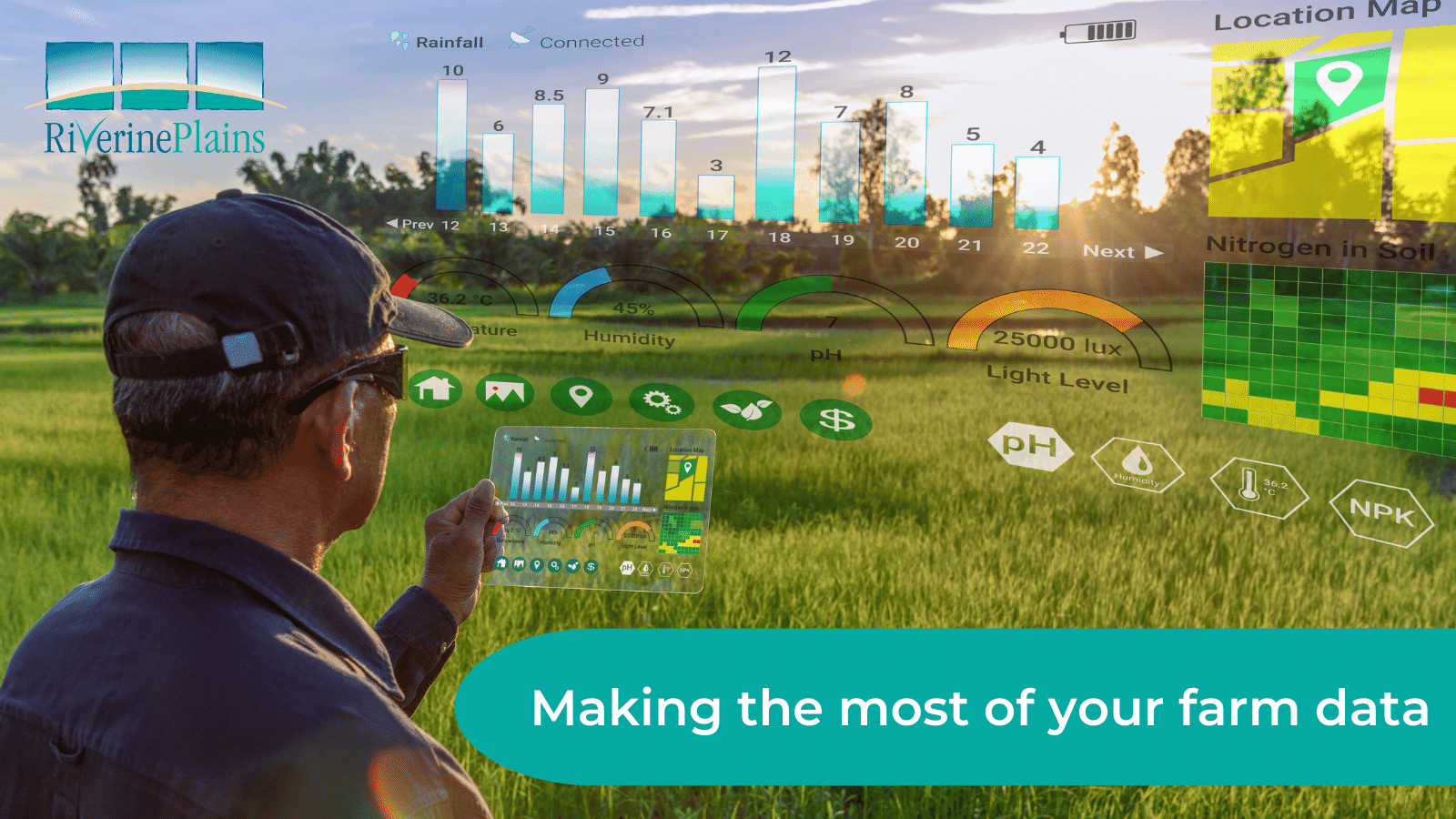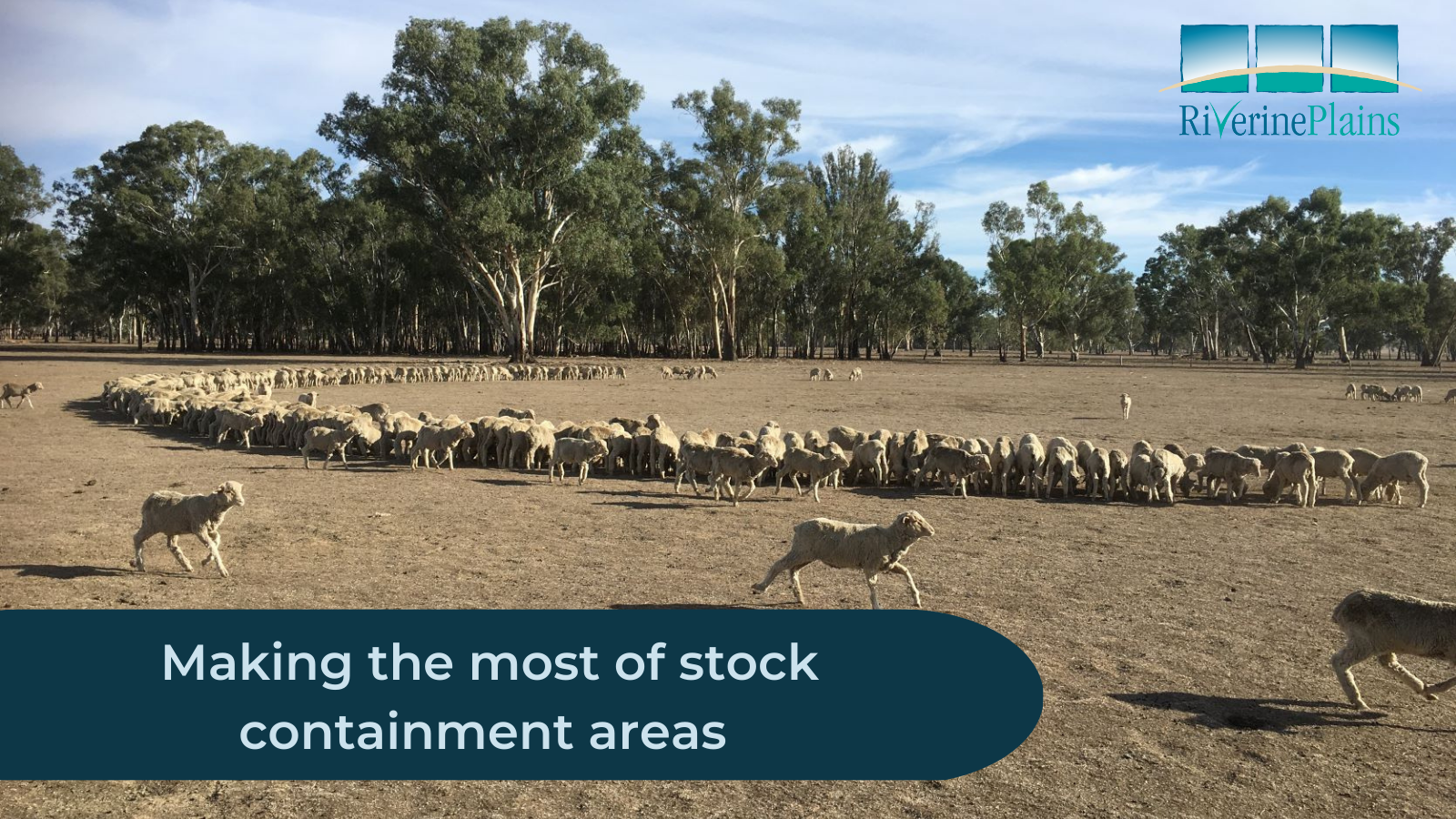Timing is everything for maximising hay and silage production

Key messages:
- fodder demand and pricing will be impacted by predicted warmer and drier conditions and declining livestock prices over the coming months
- producing quality fodder depends on the timing of cutting and the interval to baling or ensiling
- take into account the stock class to which fodder will be fed and the timing of it; this will ensure that the fodder is harvested at a time that maximises quality and/or quantity
The declaration of an El Nino and positive IOD has reinforced predictions of warmer and drier conditions for southern Australia during spring and into summer.
Dry conditions in the northern parts of Australia and green feed in various southern areas are driving demand for hay and silage. Old season hay is of variable quality and some livestock producers are holding off purchasing fodder in the expectation prices will reduce with increased supply as the southern hay and silage making season gets fully underway.
Low livestock prices are increasingly challenging livestock farmers’ decisions to retain stock and buy in fodder to maintain stock condition. Larger than usual quantities of sheep are also being processed as graziers reduce their flock sizes. Farmers can access the most current Australian Fodder Industry Association (AFIA) Hay Reports at afia.org.au .
Securing the right quality and quantity of fodder for your operation can be a tricky thing, so what are the key things to consider?
Know the purpose of the fodder before you make it
When making silage or hay, it's important to consider both the class of livestock you intend to feed and your feeding objectives. For example, are you trying to fatten stock, or maintain stock condition? If aiming to fatten with fodder, quality is critical, as feed with lower metabolisable energy (ME) decreases intake and therefore weight gain.
Silage, if done properly, is a higher quality feed than hay, however due to the cost of wrapping or ensiling, it is typically more expensive and it can be more difficult to feed out. Silage is also more difficult to transport and sell. When aiming to make good quality silage, maize is the easiest to do well, while cereals, grasses, clovers and lucerne are increasingly more challenging, as they require the cutting to ensiling stages to be done at critical times.
Quality counts
When deciding how much silage and hay to make from your own crops or pastures, it is important to determine how much quality feed you need for the following year, as well as considering how much feed is available in paddocks.
When it comes to quality, the earlier you cut, the higher the megajoules of metalisable energy per kilogram of dry matter produced (MJ ME/kg DM) and the lower the fibre content. Cutting grasses at leafy tiller, through to when the stem is starting to develop (i.e when nodes are less than 5 cm from ground), generally produces a quality of 11.5-12.5 MJ ME/kg DM. In contrast, cutting at early ear emergence, when the seed head is 1 cm long, can produce 10-11 MJ ME/kg DM. By the time seed is beginning to fill, quality reduces to around 8-9 MJ ME/kg DM and drops away further after that.
Cutting silage early is important for reaching the target ME values of greater that 10.5 MJ ME/kg DM; for this reason, grass silage should be cut before early ear emergence. When making silage for sheep, consider also that shorter chop lengths will improve intake and help improve weight gain where ME is above 10 MJ ME/kg DM.
Hay cut at the right time can also be of high quality, depending on the source crop, however hay relies on a balance between maximising quality and having suitable fibre and moisture contents. The energy component of cereal hay also drops away quickly after head emergence, however cutting too early can reduce yield and make it difficult to reduce moisture content if the head has not fully emerged, increasing the risk of fire in storage.
When making cereal hay, ensure seed heads are at the target dry matter (moisture content). Legumes such as clover should be cut when flowering and actively growing, while grass hay should be cut once grasses are flowering.
The faster it dries, the better the quality
Using a mower conditioner, tedding and having wide and shallow windrows are key to reaching the target dry matter as quickly as possible.
When making silage, mowing, baling and ensiling ideally should be completed within 24-48 hours, and before 72 hours. After 72 hours the quality silage diminishes rapidly. Target a dry matter (DM) content of 30-35% for wilted, long chop silage, 35-40% DM for wilted short chop silage and 35-50% DM for baled silage.
With silage, compaction and an air-tight seal is critical for the anaerobic fermentation process to be successful and to avoid spoilage. Any holes should be patched immediately with silage repair tape (not duct tape).
Hay quality is also maximised by drying quickly. It is important that the moisture content of hay is no greater than 18%, ideally around 14-16% for large round bales and 12-14% for large square bales.
To accelerate drying in both silage and hay:
- mow after dew has lifted
- use a mower-conditioner or conditioner to crush, bend or break stems to accelerate moisture escape
- for pastures, use a flail or tyned-type conditioner
- for cereals, use a roller conditioner for greater stem crinkling
- ted straight after mowing
- rake to enhance uniform drying at a moisture content above 30% to minimise leaf shatter (i.e during early morning or late afternoon)
Hay stack fires are a risk, even when baled at appropriate moisture contents. As such, it’s important to stack large square bales with breathing space to prevent combustion (see Quality Hay by Agriculture Victoria).
Feed Testing
Not all hay is equal, so it pays to perform feed tests on purchased fodder to ensure you receive the quality you are paying for. When taking feed tests, follow correct sampling procedures to ensure accurate representation.
Also, be wary of introducing weeds from brought in fodder onto your own farm (see our biosecurity blog).
Resources and further reading
Using hay or silage to feed drought affected stock (nsw.gov.au)
What do silage and hay test figures mean? | Meat & Livestock Australia (MLA)
Producing irrigated cereal grain and fodder in northern Victoria (ICC)
Top Fodder Successful Silage 2004 (NSW DPI)
Successful silage - mowing and wilting pastures and crops (Dairy Australia)
Quality pasture silage five easy steps booklet (Dairy Australia)


